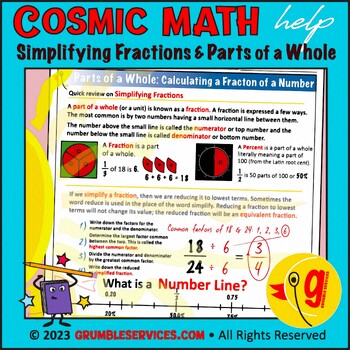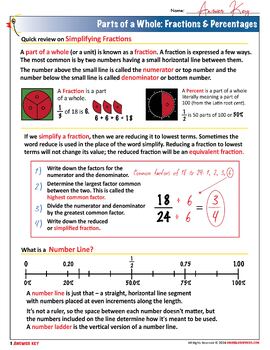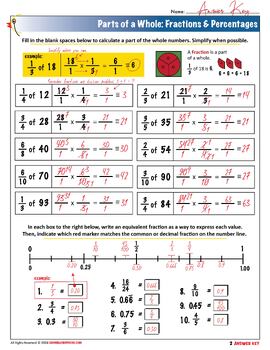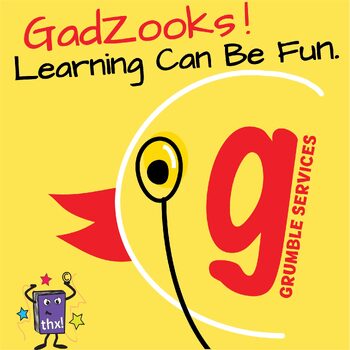Parts of a Whole: Simplifying Fractions Review, Calculating Fractions of Numbers
- PDF
Description
Parts of a Whole: Simplifying Fractions Review, Calculating Fractions of Numbers • SEMiPRO Montessori-inspired Mental Math help (2 printable pages + key):
What are parts of a whole and how are they related to fractions and percentages? These pages guide young mathematicians to:
- Review highest common factors and simplifying fractions
- Reintroduce number lines for both common and decimal fractions
- Practice calculating a fractions of whole numbers
- Find equivalent values for each and place values onto a 0-1 number line.
What tools do we have for calculating parts of a whole number? How do we transfer these skills to an abstract platform? Review highest common factors and simplifying fractions. Then learn the shortcut and practice calculating a fraction of a whole integer. Finally, find equivalent values for each and place these values onto a 0-1 number line. Enjoy Parts of a Whole: Simplifying Fractions Review, Calculating Fractions of Numbers!
Do you like Parts of a Whole: Simplifying Fractions Review, Calculating Fractions of Numbers ? Please consider other EXTRA MATH HELP Learning Resources from Grumble!
Parts of a Whole: Simplifying Fractions Review, Converting to Percentages Mental Math help
Number System: Adding & Subtracting Signed Numbers • Mental Math help
Montessori Math Cosmic BUNDLE: Classroom & Homeschool Math help Materials
Looking for High Quality, Professionally Designed Learning Resources for your Elementary Child? Look no further! Although the word Montessori is in the title, ANY type of elementary student will benefit from independent, self-directed learning.
As stated in the Teachers Pay Teachers refund policy, “all sales on TpT of digital resources are considered final and nonrefundable.” Please ask any questions you have about this product before purchasing. Thank you! © 2020-2024 Grumble Services, LLC. • All rights reserved.
Dr. Maria Montessori believed the only way our world would find lasting peace was through educating our children. Much of her elementary curriculum was written by her during a period of internment in India during WWII. This time period helped solidify Dr. Montessori’s belief in Peace Education.
Resource Color Guide (just like the Montessori hierarchical colors):
ROOKIE Pages (Green) - Aimed toward early to mid level elementary students.
SEMiPRO Pages (Blue) - Aimed toward mid level elementary students.
VETERAN Pages (Red) - Aimed toward mid to late level elementary students.
But of course, you know the child best, so adjust accordingly.
In the words of Dr. Montessori, "Follow the Child!"





